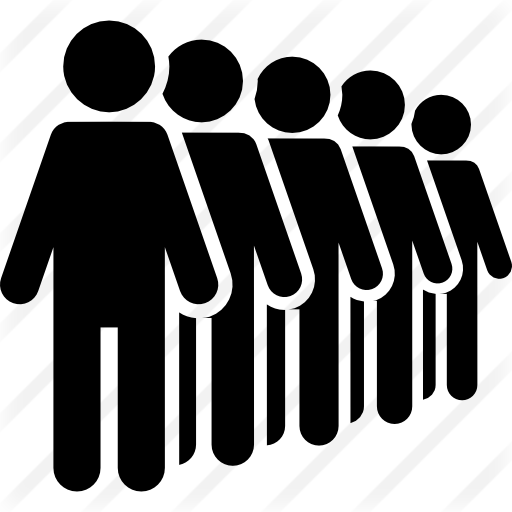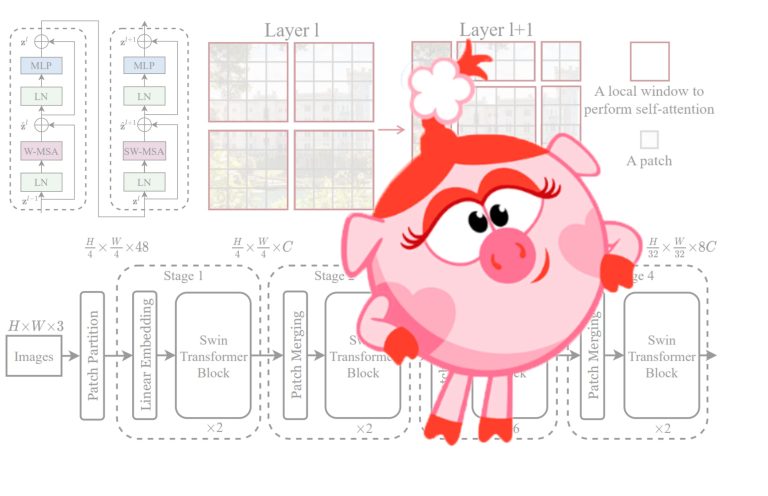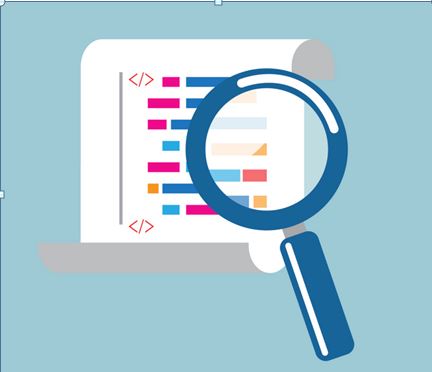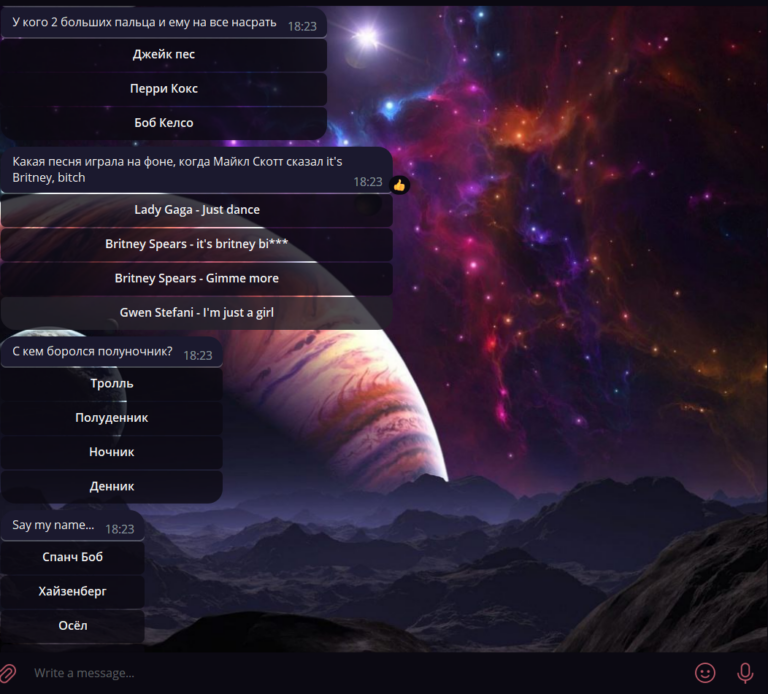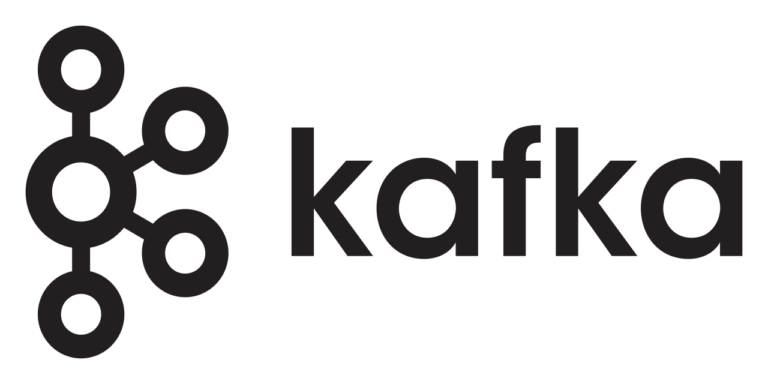Startup history
I want to tell you our story of creating a product. On the one hand, our experience may inspire someone, and on the other hand, perhaps you will find our product useful. Even though this is another health app, I, like probably every founder, find it unique. But let’s start from the beginning.
The idea of creating a product was born after a series of deaths of friends. All of these people died in their early 50s with no major health problems (at least nothing they knew about). All deaths were related to cardiovascular disease. But the fact that these deaths could have been prevented became clear after reading the book “9 Steps to Eternal Life”, written jointly with the futurist Google.
The next big step was to work at Fitbit. The company at the time had just acquired a healthcare startup with a profile of helping people with chronic diseases. And here I was lucky to work on a portfolio of health projects. This experience showed another version of the development of aging. It is worth saying that before that I did not imagine that the treatment of chronic diseases does not save from the development of complications.
Thus, the search for solutions began, including various platforms, mobile applications and reliable sources of information. I was one of the first users and supported the Lifext application from its very appearance on Habré. Probably, like many others, I followed the publications of Open Longevity and communicated with some of its participants. And in 2018, we had the first prototype of a product that we used ourselves and provided to our family. Then the prototype was passed around among friends and acquaintances until it got to a wonderful doctor. And this was the revolution from which the development of the product began.
The first thing that doctors revealed to us was that the list of tests and screenings is published on reputable medical portals, such as the Preventive Services Task Force, which are available in many countries. This is important because the risk of developing the disease can vary from region to region, and screenings in China and Europe will be different. In general, such services analyze benefits, harms, and the best tools for disease screening. The information they provide is open, accessible and regularly updated. And most importantly, this information can be trusted.
However, not all so simple. Analyzing these sources, we found differences between different guidelines even within the same region. For example, one organization may recommend screening for breast cancer annually, while another recommends every two years, and a third suggests starting screening for breast cancer 10 years later. We have decided to indicate all these differences for the user and provide a choice.
Another important point is that not all screenings are recommended for everyone. And this was our second discovery that some examinations and interventions should be recommended only after assessing whether a person is at risk. For example, screenings for a smoker will be different from screenings for a non-smoker (and not just those that include additional screening for lung cancer). And for the same breast cancer, it is necessary to offer girls to calculate the risk, and if they are in a high risk zone, then genetic testing will be required.
So we got a service that generates an examination plan based on the recommendations of many reputable medical organizations, taking into account the features described above. To make it clear, here are just some of the medical organizations whose recommendations are taken into account by the service: American Society of Clinical Oncology (ASCO), the US Preventive Services Task Force, the American Academy of Family Physicians (Summary of Policy Recommendations), the Centers for Disease Control and Prevention, the American College of Physicians, the American Cancer Society, the Institute for Clinical Systems Information, the National Heart, Lung, Blood Institute, the American Diabetes Association, and the American College of Obstetrics and Gynecology.
Another discovery directly related to the previous functionality that we found was that there are many valid clinically tested disease risk calculators that are not getting enough distribution. These calculators help identify areas of health that each patient should pay attention to, as well as provide recommendations for screening and prevention. We have developed a service that automates the use of clinical risk calculators. Our goal was not only to provide information to the user, but also to allow doctors to see the risks associated with their patients. This service takes into account various factors, including lifestyle, heredity, and test results. We are gradually adding new calculators, and there is also a dream to improve the predictive accuracy of calculators in the future if we manage to develop into a large company. We also took into account that the risks of diseases may vary depending on territorial factors, and created the ability to flexibly customize the risk assessment without the need to write code.
It is these two services that are described above that I consider the most valuable. They combine all data into one electronic health record and enrich it not only with information, but also with risk analytics for each user. This allows you to make the map smarter and more useful.
And the last feature that I would like to note is the flexibility of managing and configuring the application. In the past, when I used other solutions, there was always a lack of the ability to customize them for myself. I pay for my medical card, but I feel like I have little influence on its functionality. Therefore, when developing our application, we made it so that users can customize screening plans to suit their needs or create their own plans if they want. We have also provided the ability to set custom targets for each biomarker without changing lab reference values, and customize the frequency of testing. We also added a unit converter, since most calculators require the use of the same units of measurement. It is interesting to note that the same converter exists only in the language plan. This means that with one click you can translate all analyzes from Russian into English and vice versa, which is very convenient if the analyzes were performed in one country and you need to provide them in your native language in another. It is important to note that our application is free and does not require paid subscriptions.
I described the functionality in the order in which it appeared in the application, and this sequence is not accidental. Each time we tried it on those of our friends who had already passed away. Could it have prevented the tragedy? At the current moment, the events would most likely develop like this… First, the screening service would offer them a lipid profile test at the age of about 20 years, and in case of deviations from the norm, they would offer a normalization plan. Then, around age 40, the risk service would calculate the likelihood of developing cardiovascular disease and possibly suggest therapy given the high risk.
Another important point was that while working on the project, I lost my father. For 5 days he was treated for his stomach, and on the sixth day he died of a heart attack at the age of 65. Silent heart attack is not uncommon and is often misdiagnosed. Unfortunately, I was only able to add his analyzes to our app a year after his death. All calculators showed a high risk of heart attack and stroke, as well as the need for treatment. Unlike the friends I talked about earlier, I had my father’s medical records on hand. He passed the tests at the prototyping stage and provided them for testing. It’s a pity that I was able to process them so late. By the way, this was the only moment when it seemed pointless to continue working. But the team and so much invested effort returned back.
Regarding the development itself, we started in Minsk, but then registered a company in the Netherlands. In the Netherlands, we passed the accelerator, found the first partners and users. There were difficulties with designers, and other professionals involved with the user interface. We changed specialists several times, and the application concept was reworked, which made the process very complicated. However, it was much easier than in Minsk, where all the doors seemed to be closed.
I would also like to say a few words about our experience in the accelerator. This is a great opportunity, whether you just have an idea for a project or you are already thinking about monetizing it. In the accelerator, I saw both founders with an already working product, and people with a very crude idea. By going through the various stages, you not only form the complete concept, roadmap and vision of the product, but you can test its viability. By the way, knowing how, you can do it yourself. I also found out that not only was I bad at writing articles, but I was completely incapable of pitching properly.
And finally, our product can be found on the Google market and the App Store under the name Healsens. If this topic in general seems interesting to you, I will be glad to hear feedback and continue the conversation. We also have a separate Telegram channel for @betahealsens enthusiasts), and, of course, we will be glad to have partners, because you cannot create really cool products alone!
